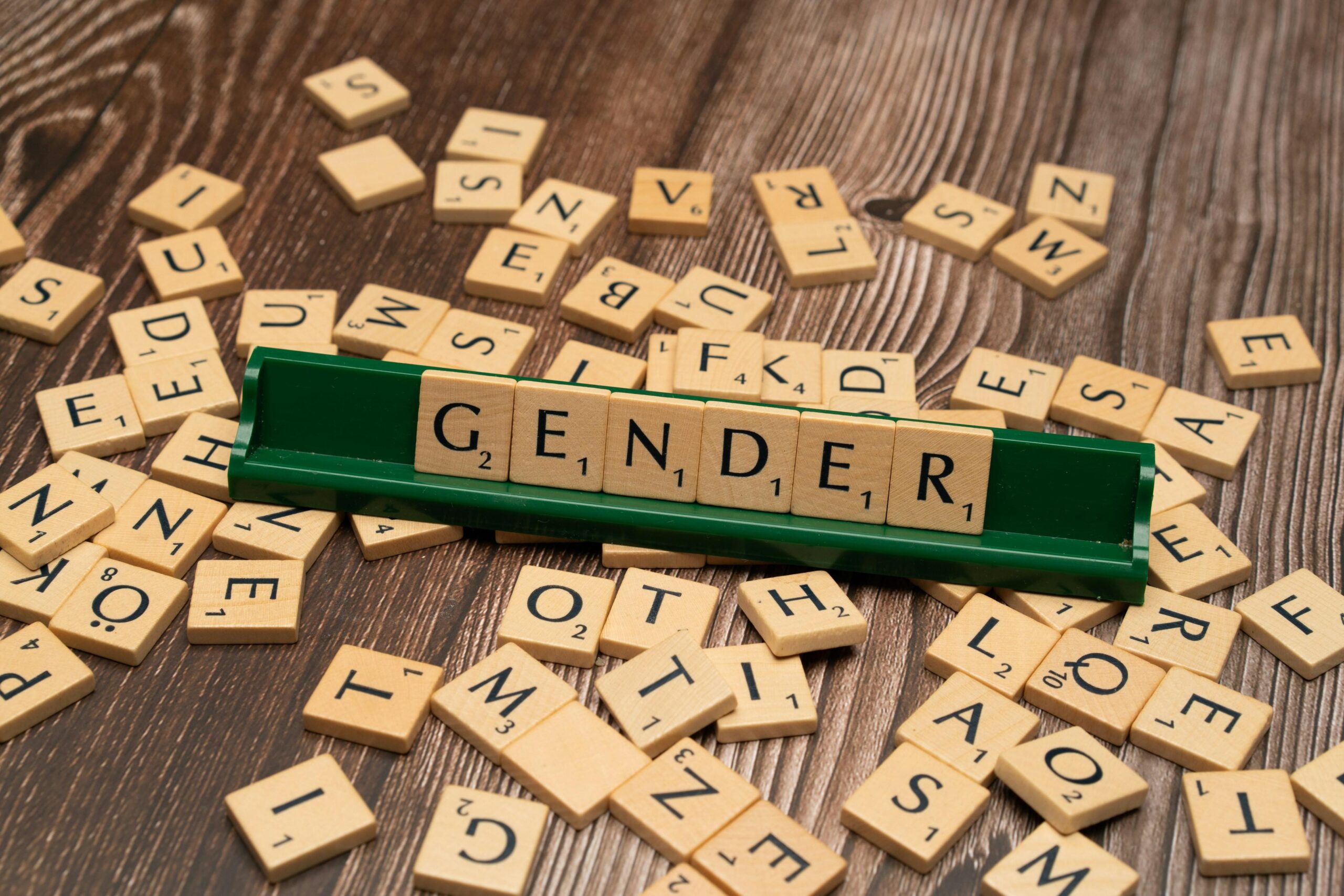When we think about the challenges children face, physical wounds often come to mind first. But what about the invisible scars—those left by emotional abuse? It’s a topic that doesn’t get enough attention, yet its impact runs deep and lasts long. Emotional abuse shapes the way children see themselves, interact with others, and navigate the world around them. In this article, we’re diving into what emotional abuse really means, how it manifests in a child’s life, and why understanding it is so crucial for healing and support. Let’s unpack the hidden layers behind emotional abuse and discover how this silent struggle shapes the futures of young hearts and minds.
Table of Contents
- Understanding the Hidden Signs of Emotional Abuse in Childhood
- The Long-Term Impact on Mental Health and Relationships
- How Emotional Abuse Influences a Child’s Self-Worth and Identity
- Practical Steps to Support and Heal Emotionally Abused Children
- In Conclusion
Understanding the Hidden Signs of Emotional Abuse in Childhood
Children experiencing this form of maltreatment often manifest signs that are subtle yet profoundly impactful. Unlike physical abuse, emotional wounds are invisible but can leave deep scars on a child’s psychological and social development. Look for behaviors such as:
- Excessive withdrawal from peers or family members
- Heightened anxiety or insecurity around adults or new situations
- Sudden mood swings that seem disproportionate to circumstances
- Reluctance to express feelings, often masking pain behind silence
These signs can often be misread or overlooked because they don’t involve physical wounds. Yet, the enduring imprint of such experiences can alter how children view their worth and the world around them. They may develop maladaptive coping mechanisms or struggle with trust and self-esteem later in life. Awareness and early intervention are crucial—a child’s emotional safety should be recognized as fiercely as their physical well-being.
The Long-Term Impact on Mental Health and Relationships
Children who endure emotional abuse often carry invisible wounds well into adulthood, influencing their mental health in profound and lasting ways. The effects are rarely straightforward; they tend to manifest as a complex web of anxiety, depression, and a pervasive sense of low self-worth. This internalized pain can distance survivors from their own feelings, making emotional regulation a daily challenge. Over time, the once subtle whispers of self-doubt evolve into loud obstacles that affect life choices, career paths, and overall wellbeing.
Interpersonal relationships also bear the silent scars of past emotional harm, often seen through patterns that repeat unknowingly. Many struggle with trust issues or find themselves caught in cycles of unhealthy attachments. The following struggles are common:
- Difficulty establishing boundaries
- Fear of abandonment or rejection
- Challenges in expressing needs and emotions effectively
- Tendency to either isolate or become overly dependent
Recognizing these patterns is a crucial step toward reclaiming autonomy and fostering connections built on genuine safety and respect.
How Emotional Abuse Influences a Child’s Self-Worth and Identity
Children absorb the world around them like sponges, and when emotional abuse permeates their environment, it leaves invisible scars that often go unnoticed. This subtle form of harm chips away at their budding sense of self, fostering feelings of worthlessness and confusion. When a child’s emotions are consistently dismissed, belittled, or manipulated, they may begin internalizing a damaging message: “I am not enough.” Over time, this can distort how they perceive their own value, making self-doubt and insecurity relentless companions well into adulthood.
Moreover, emotional abuse doesn’t just affect self-esteem; it interferes with the very foundation of identity formation. Children rely on positive reinforcement and emotional validation to explore who they are and to build confidence in their uniqueness. Without this, they may develop maladaptive coping mechanisms or mimic toxic behaviors as a misguided attempt to fit in or protect themselves. Some common effects include:
- Chronic feelings of shame or guilt
- Difficulties establishing trust and healthy relationships
- A fragmented or unclear sense of personal identity
- Reluctance to express emotions or needs openly
Recognizing these subtle but profound consequences opens the door to healing and empowerment, helping survivors reclaim their narrative and rebuild a resilient sense of self.
Practical Steps to Support and Heal Emotionally Abused Children
In nurturing the emotional recovery of children who have endured abuse, creating a safe and consistent environment is paramount. Trust, once fractured, must be painstakingly rebuilt through patience and reliability. Caregivers should prioritize open communication channels that invite children to express their feelings without fear of judgment or dismissal. This can be supported by:
- Using age-appropriate language to discuss emotions.
- Incorporating regular check-ins to gauge emotional well-being.
- Validating feelings and reassuring children that their experiences matter.
Beyond emotional validation, empowering children through therapeutic interventions can catalyze healing. Creative outlets, such as art or play therapy, offer alternative languages in which children can articulate their inner worlds safely. Additionally, consistent support from mental health professionals facilitates the building of resilience and self-worth. Engaging with community resources and support groups further creates a network of understanding and encouragement, vital in reversing the long-term impact of emotional abuse.
In Conclusion
As we peel back the layers of emotional abuse and its profound impact on children, it becomes clear that understanding is the first step toward healing. These invisible wounds shape not only childhood but ripple into adulthood in ways that often go unnoticed. By shining a light on these experiences, we open the door to empathy, support, and change. The journey to unpacking emotional abuse is complex and ongoing, but curiosity and compassion can guide us toward a future where every child’s emotional well-being is protected and valued. What other hidden impacts might we uncover as we keep exploring? Only time and open hearts will tell.












